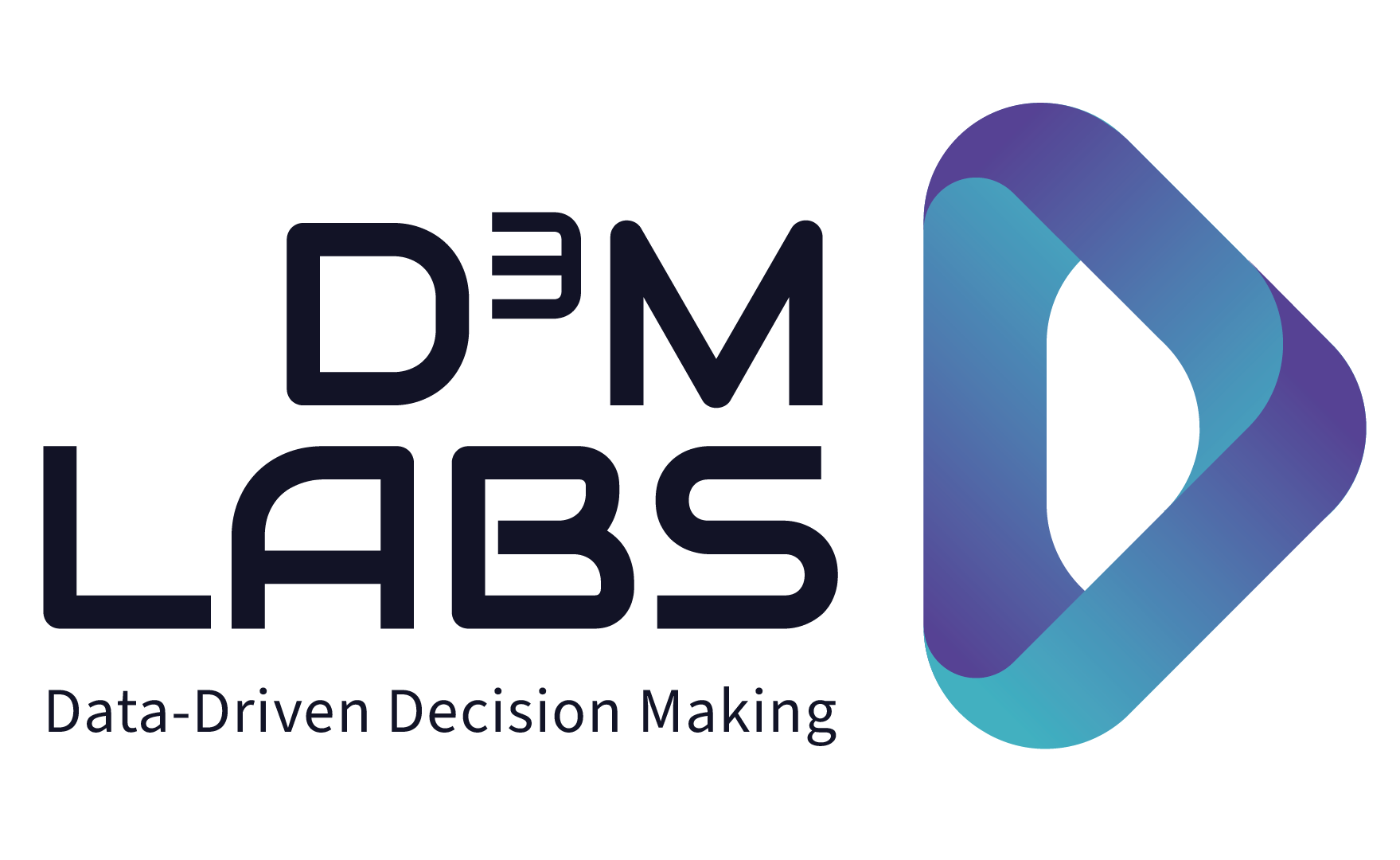From higher ROI to easier use, operational analytics answers many contemporary challenges facing data teams. Success, however, necessitates a well-governed data platform and solid security concepts. I (Elizabeth Press), spoke with Dani Solà Senior Vice President of Data and Analytics at Clark about Operational Analytics.
What is the difference between analytics, operational analytics and operational performance analytics.
Analytics and operational performance analytics are often people to say how you are doing:
Analytics is using metrics to drive decision making and is generally what most people things of them. Operational performance analytics is a part of analytics and is used to measure the efficacy and impact of the processes.
Operational analytics are often used by an IT- system:
Operational analytics takes the data gathered during analytics and pushes it down through embedded systems to the teasm. Operational analytics encompasses automation and machine learning.
Operational analytics answers some of the biggest challenges facing analytics.
🔄 Operational analytics overcomes the short lifespan of traditional delivery methods of analytics. 🚀 Embedded into the company processes, operational analytics automate the delivery of analysis directly to the stakeholders at the point of decision making.
📌 The three big benefits are:
📊Everybody has the same view of the data.
🖼️ Tangibility: This form of delivery is more tangible 🙌 because analytics are usually embedded in a platform the stakeholders use to make decisions (e.g., a CRM system).
💰 Higher ROI 📈 because of the automation and longer life span, durability. 🕒
Many machine learning use cases are never put into production. Even when they are, they are often not used.
Through operational analytics, the output of machine learning models can get sent downstream in an automated process. With a propensity model, one could embed this into the CRM system and prioritize leads. No continuous alignment is necessary.
How to get started?
Having a solid data platform that is well governed, compliant and produces quality data is important. The stakeholders need to have trust in the data. Data security has to be in place. PII and other information should not be shipped.
Stakeholder engagement is a sign that operational analytics system is working
Feedback, positive and negative and follow up questions means that your operational analytics system is getting used.
Watch the full conversation: „Operational Analytics, a new paradigm for delivering data-driven impact,“ a discussion with Elizabeth Press from D3M Labs and Dani Solà Senior Vice President of Data and Analytics at Clark.

